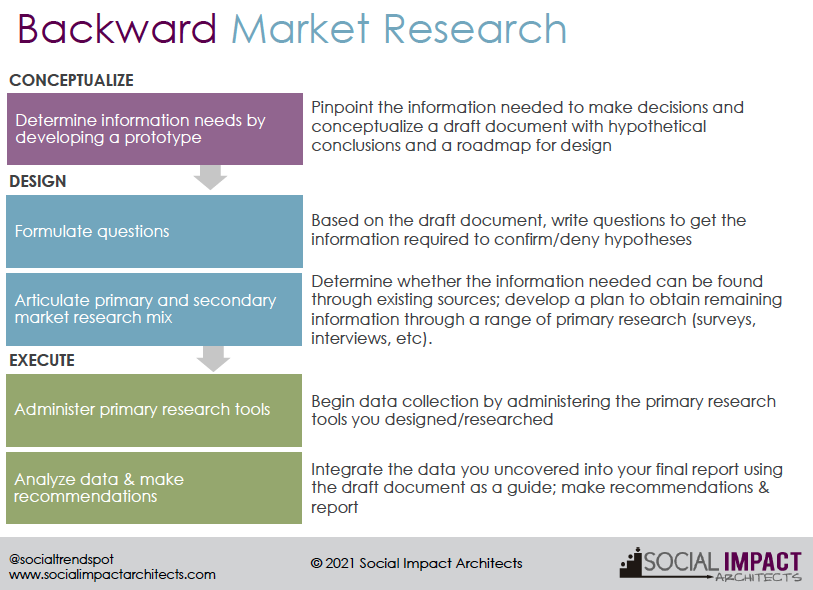 Travel is one of my passions. I love everything about it – planning the trip, immersing myself in a different culture, and sharing my adventures with friends and readers. But, these days preparing for a trip just seems harder. For example, I am planning a trip to Hawaii after Christmas. I got online last weekend to do some research and two hours later I had more questions than answers. Can you relate? We now have so much information at our fingertips that we are drowning in data (every minute we collectively create 684,000 pieces of content on Facebook alone). That’s why it’s more important than ever to use smart research tactics to find the information we’re looking for.
Travel is one of my passions. I love everything about it – planning the trip, immersing myself in a different culture, and sharing my adventures with friends and readers. But, these days preparing for a trip just seems harder. For example, I am planning a trip to Hawaii after Christmas. I got online last weekend to do some research and two hours later I had more questions than answers. Can you relate? We now have so much information at our fingertips that we are drowning in data (every minute we collectively create 684,000 pieces of content on Facebook alone). That’s why it’s more important than ever to use smart research tactics to find the information we’re looking for.
The social sector faces similar research challenges – when we start a program using Lean Startup or a business with a feasibility or opportunity assessment, it can be difficult to find answers. And, even worse, we can get caught in what I call “analysis paralysis.”
The next time you’re faced with this dilemma, don’t be deterred. There is a straightforward process you can use to make it easier not only to find information, but also to make decisions based on what you find – market research. Market research is a process through which an organization can collect information to determine what its constituents need, to what extent it is needed and how easy or difficult it would be for the agency to serve that need. While it’s called market research, this process is used to answer questions in all areas of your nonprofit – operations, finance, programs and marketing.
One of the most important ways to get market research right is by starting with the end goal in mind, also called backward market research. We can apply it to a range of decisions in social sector organizations – from changes in operating hours to making major investments in new ventures – as well as in our everyday lives.
To be successful in collecting data that can help you make decisions, follow this roadmap to conduct backward market research.
Step 1: Avoid Costly Detours by Mapping the Research Ahead
Too often organizations jump into research that results in no new actionable information. Avoid this detour by asking yourself: 1) what questions will we ask, and 2) how will we use the information? Market research should generally be driven by the decisions you need to make. Save time, money and heartache by creating a dual roadmap of what you want the research to accomplish and what success will look like at the end. This dual roadmap is also helpful because you can divide up the questions among staff, interns and even your local librarian (who has access to more than Google searches), and see what answers they find based on their independent research.
Step 2: Proceed with Caution to Get Data You Really Need
After determining your research questions, look at them and identify which data is essential to making an informed decision. In the case of my trip to Hawaii, I distilled my many questions down to the two most critical ones: knowing the weather patterns for packing and deciding on locations to visit. This step is important to prevent collecting data that is nice to have vs. need to have.
Step 3: Start in Secondary and Shift to Primary Research
Only once the first two steps are complete do you begin your research. Start with secondary research sources like the reports, databases and websites of governments, foundations, think tanks and other research firms. These sources are widely available and are often inexpensive or free. When you have exhausted those channels, shift gears to primary research to fill in the gaps. Primary research includes vehicles like focus groups, interviews and surveys. For example, once I finish researching travel websites, I may want to post some key questions to Facebook friends about specific things I couldn’t find, such as, “What is the coolest place in Hawaii for a romantic dinner?”
Backward market research is about getting what you want and what you need. If we figure out what decisions we need to make first and work backward from there, we will be more satisfied with the results and spare ourselves a lot of wasted time and effort. We can also pinpoint the right information to make an informed decision. We promise if you follow this process you will get to your destination more quickly and with more confidence. And, if you have your own sure-fire research techniques, please share them with us and your fellow Social TrendSpotters.

